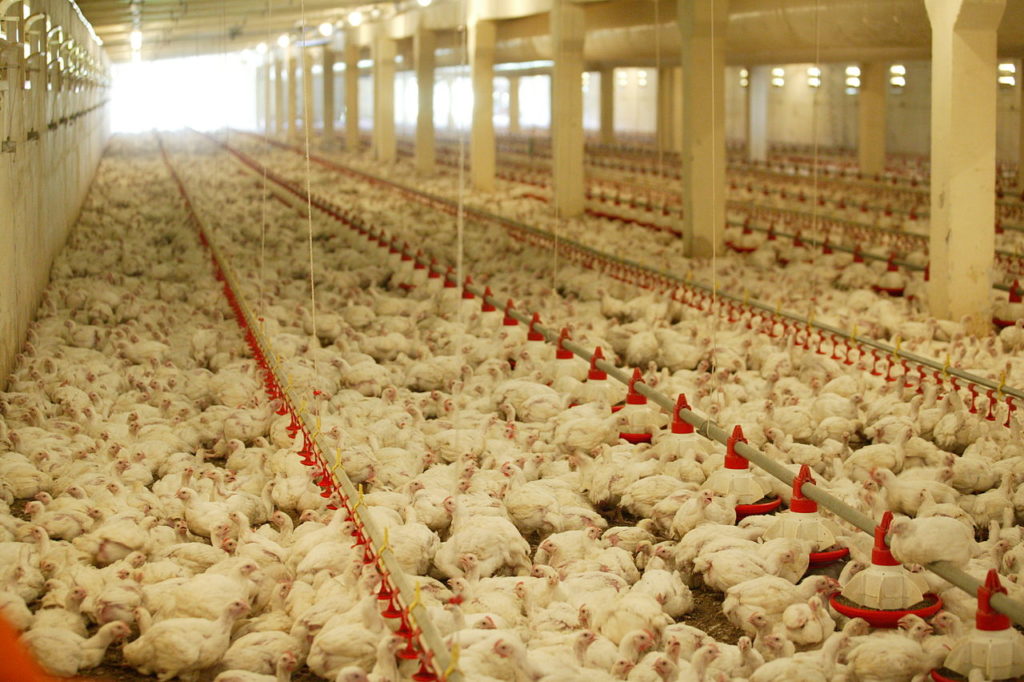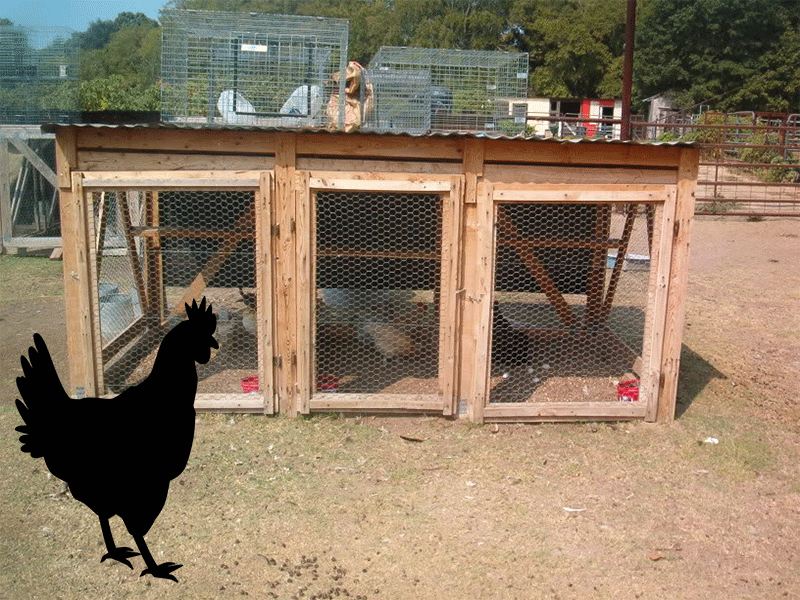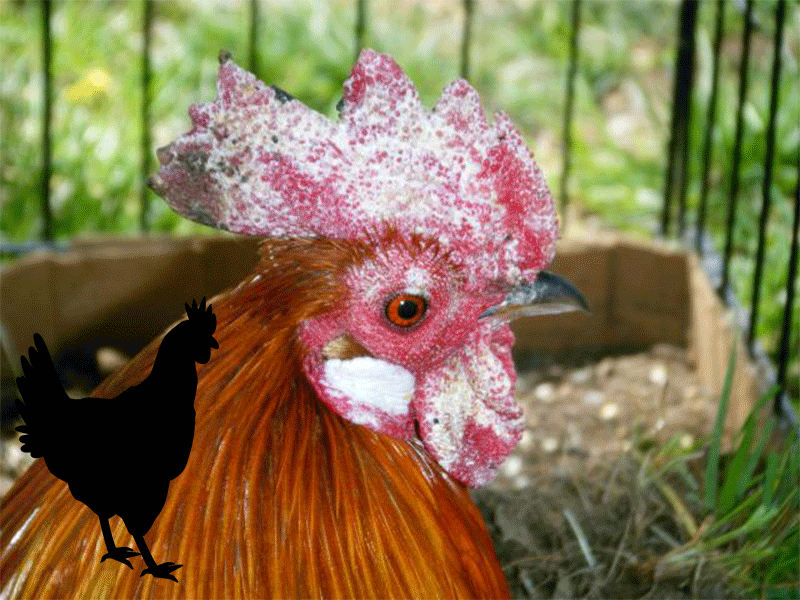There is a wide variety of choice when it comes to choosing the best bedding for your coop. The most obvious requirement for any type of bedding is that it should be safe for your flock to use. There are also other desirable qualities in the wonderful world of coop bedding such as absorbency.
Damp bedding will only encourage dangerous bacteria such as coccidiosis which can be fatal to your flock. Damp bedding is also responsible for releasing ammonia which is able to damage your flock’s respiratory system. Because of this, it’s important that the bedding be absorbent and changed periodically.
The bedding that you choose to provide to your flock isn’t about their comfort luxury. Sufficient bedding should be able to provide a secure foundation for your both chickens’ feet and legs, a soft landing for eggs, easy to clean and much more. In this article, we will be taking a look at a variety of popular bedding choices and how to use them in order to allow you to decide what is the best bedding for your coop.
Straw and Hay
Sun-colored straw which comes with a sweet, pleasant and earthy smell along with its springy texture is what many new poultry owners will use when it comes to lining their chicken coop and nest boxes. This is a timeless choice for coop bedding.
Pine Shavings
A popular and often a prudent choice for coop bedding is pine shavings. Pine shavings can be found at many feed-supply stores and even regular pet-supply stores. Pine shavings are known to dry fast and are inexpensive. They also don’t break down quickly, which means that they are ideal for coop bedding material. The scent of pine can be inviting and pleasant for many poultry owners, though the scent does fade over time.
Cedar Shavings
If you’re looking for a pleasant scent, something which can often be considered rare when chickens are involved, a fantastic alternative to pine shavings is cedar shavings. There is still some debate as to whether the strong aromatic nature of cedar shavings cause any unwanted effects on a chicken’s delicate respiratory system, but there still isn’t any firm conclusion. If you’re looking to be safe, it’s recommended to avoid cedar shavings with young chickens that are confined to a brooder. It’s also worth to mention that cedar shavings also work exceptionally well as a natural insect-repellent.
Sand
Sand is a very clean and great material for coop bedding, if you have time for it. Sand can be quite expensive when compared to other alternatives such as pine shavings and hay. However, sand bedding may only need to be replaced once or twice each year if you diligently clean and contain it within your coop. Sand is known for drying incredibly quickly, and is able to be turned over with the use of a rake. You may even wish to use a cat litter scooper for much smaller coops. If your coop is exposed to the elements, sand is certainly an ideal solution as it dries quickly and is great for dust baths too. It’s recommend to choose “builders sand” (typically found in home-improvement stores) rather than sandbox sand, as sandbox sand is exceptionally fine and can clump up when wet.
Grass Clippings
Grass clippings can be a viable coop bedding solution, but it does come with significant disadvantages. Grass clippings are known for retaining moisture and are capable of breaking down quickly. Grass can also dry, shrink and begin to smell unpleasant. However, you may have grass clippings available already, which can save you money.
Shredded Leaves
Similar to grass clippings, leaves often dry quickly. Leaves can also be susceptible to harbouring moisture, which can lead to clumping and bacteria. Leaves that become wet create a slippery surface that can harm your flock and create unwanted complications such as bumblefoot or splayed legs.
Recycled Paper
Shredded recycled paper can be a bedding solution. While recycling paper is free it’s important to use paper with caution. Ink is toxic to chickens, and office paper can often be heavily processed and treated with dangerous inks. Glossy paper, such as the ones found in magazines also contain significant levels of ink which can act as a slippery surface.
Unless your flock is kept in a wire-bottom hutch (something that isn’t recommended at all), all coops require some form of bedding. Always remember it’s important to line your chicken coop with a high-quality bedding. It’s also important that is comfortable, clean, absorbent and is safe for your flock.




